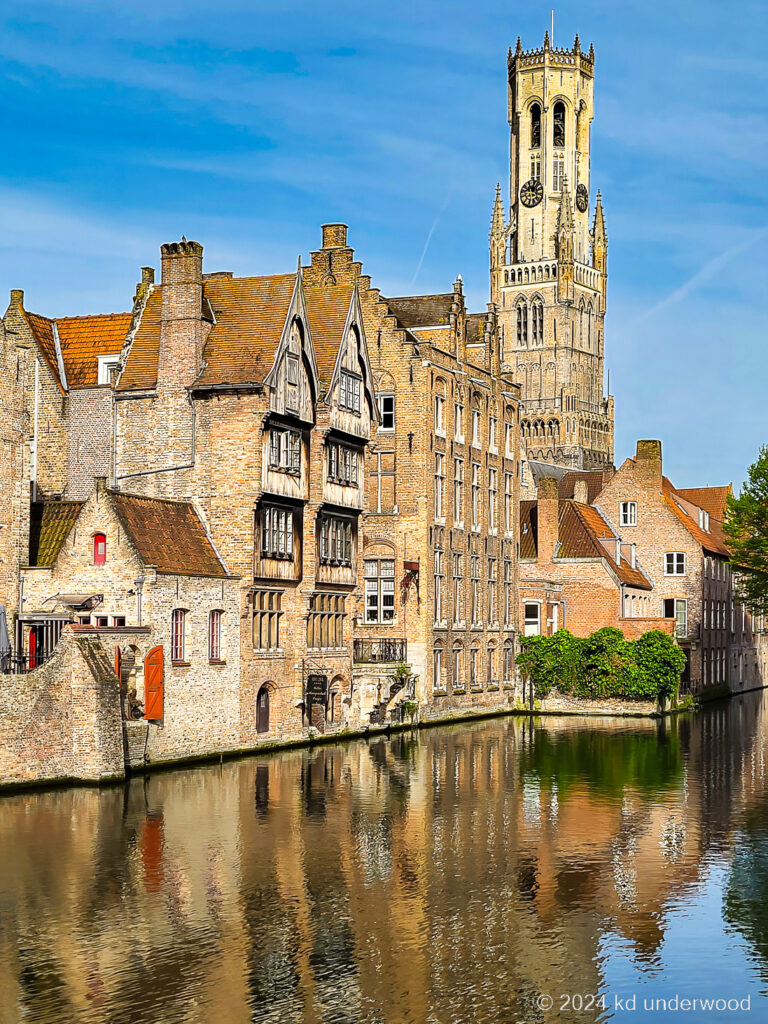
This medieval city dates to the 9th century and by the 11th century was the largest trading port in the Hanseatic League. As leaders in trade, finance, art and technology it’s prominence was usurped by Antwerp which became increasingly dominant in the region.
Trade was supplanted by wealthy English and French tourists starting in the second half of the 19th century. The original medieval city experienced a renaissance with restorations of residential and commercial structures subsequently receiving European Capital of Culture designation in 2002. Since then, it has been a popular destination for tourists from around the world.
Bruges is an eminently walkable city where one encounters wonderful architectural sights, canals and cathedrals around every corner. There is a lively dining scene with offerings from the traditional to gourmet. Being Belgium, beer plays a prominent role in everyday life with pubs on every corner. There is a refreshing lack of nationalism as it wasn’t until 1830 that Belgium became a country. Prior to that, Bruges was alternately a part of Holland or France with its primary identity being with Flanders. Consequently, most citizens speak, Dutch, French, Flemish and English.
An interesting city, Bruges is worth a few days detour on the trek from Paris to Amsterdam. Go for it’s historic gothic architecture, it’s cuisine and of course it’s wonderful beer.
All images were taken with Samsung S21 FE in JPEG and RAW format, processed in Adobe Lightroom Classic CC 12.0.1